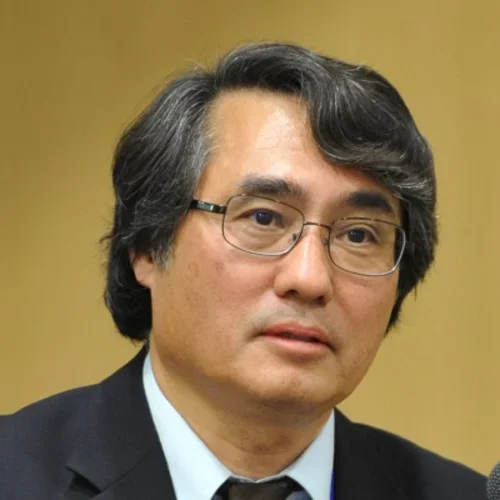
About
Research Interests
UCLA-Kyoto University Academic Exchange: Kyoto University (KU) and UCLA share academic interests and collaborate to develop and exchange knowledge in areas of mutual expertise. During his visit to KU, Chancellor Gene Block inaugurated the Quantum Nano Medicine Research Center which was established in 2019. Both institutions have organized a series of online seminars. We are currently planning to hold a symposium entitled, "New Developments in Biomedical Sciences" at the CNSI auditorium in 2025.
Boron neutron capture therapy (BNCT) is based on the phenomenon that the irradiation of boron-10 with neutron results in the splitting of boron-11 to lithium-7 and helium-4. The resulting helium-4 is an alpha particle that has a strong DNA-damaging effect which causes apoptosis induction. The first clinical trial was carried out at Brookhaven Laboratory in 1951 but this activity did not expand due to low quality of neutron beam and boron agents. Since 1970s, BNCT clinical trials were extensively carried out at Kyoto University experimental nuclear reactor. Promising results were obtained especially with brain tumor patients. With the development of accelerator-based neutron sources, BNCT is now widely used for cancer therapy against head and neck cancer and skin cancer in Japan.
Our group at Kyoto University has recently developed a novel radiation therapy called the "Auger electron therapy". Pierre Auger discovered that when high Z elements such as gadolinium, iodine, gold or silver was irradiated with monochromatic X-ray, electrons including photoelectrons and Auger electrons are released leading to double-strand DNA break formation. We have reproduced this Auger effect inside cancer cells resulting in tumor elimination. We have provided a proof of principle experiments that this approach is feasible. Animal experiments are ongoing.